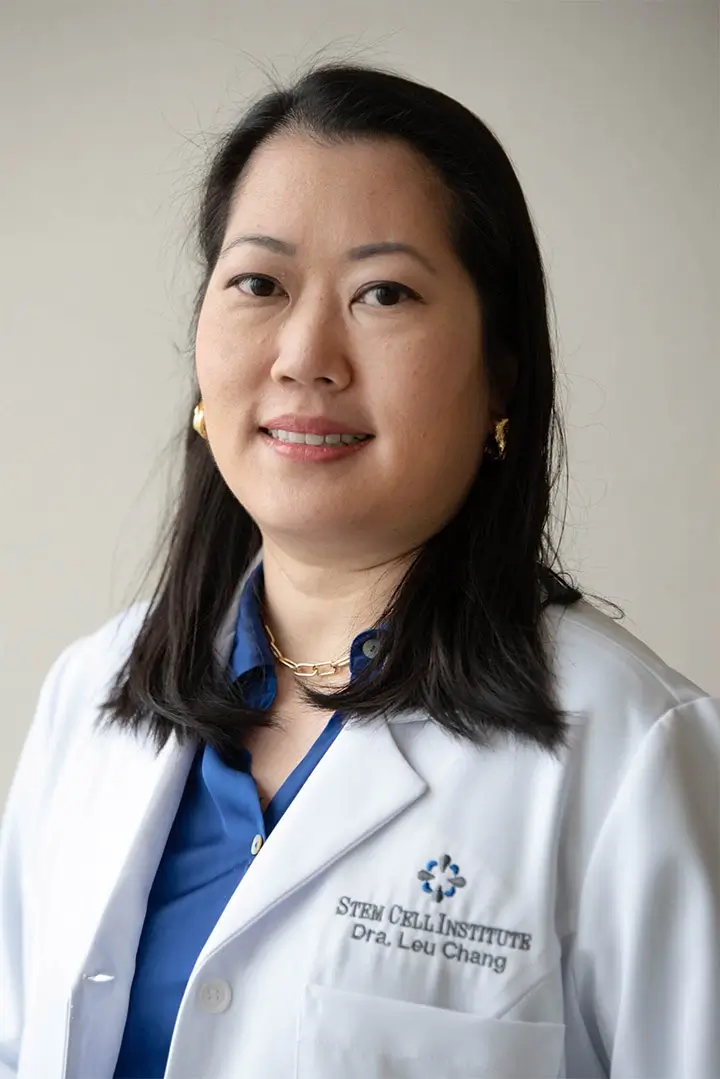Chow et al. J Exp Med.
When a bone marrow transplant is performed, the bone marrow cells of the donor are injected intravenously into the recipient and somehow find their way back into the bone marrow of the recipient. The mechanism known to be responsible for this has always been cited as being SDF-1 (also called CXCL12) produced by bone marrow “stromal” cells. This mechanism is of fundamental importance to stem cell therapists for two reasons:
Firstly, stem cells are known to be recruited by injured tissue, which produces SDF-1. This has been explained as one of the mechanisms by which both cardiac and brain infarcts cause recruitment of endogenous and exogenous stem cells to the area of injury.
Secondly, by temporarily interrupting the production of SDF-1 or recognition of SDF-1 by CXCR-4, drugs such as Mozibil have been developed which are used in the mobilization of stem cells for patients who mobilize poorly in response to G-CSF.
In a paper that we view as groundbreaking, scientists found that one of the key cells in the bone marrow that produces SDF-1 is the CD169 positive macrophage. The scientists examined three populations of BM mononuclear phagocytes that include Gr-1(hi) monocytes (MOs), Gr-1(lo) MOs, and macrophages (MΦ) based on differential expression of Gr-1, CD115, F4/80, and CD169. Using MO and MΦ conditional depletion models, we found that reductions in BM mononuclear phagocytes led to reduced production of SDF-1 by the bone marrow.
They also found that depletion of CD169(+) MΦ, which spares BM MOs, was sufficient to induce stem cell mobilization. This depletion also enhanced mobilization induced by a CXCR4 antagonist or granulocyte colony-stimulating factor.
Thus it appears that specific macrophage subsets play specific roles in the bone marrow stem cell system. It may be possible to use these macrophages as therapeutic agents to cause recruitment of stem cells into injured organs.

